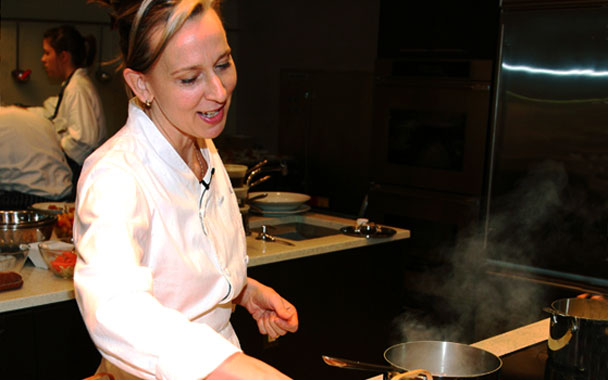One of the many things I miss about the dear old days of the 1970s women’s movement is the splendid clarity of the issues as they were first emerging into the light. Back then, sex discrimination truly made the world go round: It flourished by law and custom in school and on the job, it governed your pay and decided your promotions, it reigned over all the major religions and most of the media, the arts and the professions. And so blatantly! People didn’t bother to disguise their abhorrent policies: If they had no intention of hiring women, they said so when you tried to apply. Hardly a week passed without an invigorating new outrage, a burst of publicity, a march or a rally or a petition or a lawsuit. For a middle-class feminist in full attack mode, to be young was heaven.
Now, alas, the era of blessed simplicity seems to be over. Not that there isn’t plenty left for a feminist to do, but entirely too many gender inequities these days inhabit a gray area, fogged over by problems that resist the usual explanations and solutions. I’m thinking in particular of a question that always bothers me when I read stories about chefs winning awards, chefs opening spectacular new restaurants, chefs starring in yet another new TV series—congratulations, but why are all of you male? Where are the women?
Back in the aforementioned ’70s, this question would have had a nice, straightforward answer. Misogyny ruled restaurants the way it ruled everything else. Right through the 1980s, the traditional, European-style restaurant kitchens that used to define high-end dining in this country either refused to hire women, or gave them entry-level jobs accompanied by an aggressive barrage of sexual harassment. It was nasty, but it was familiar. Restaurant cooking appeared to be just another male fortress that was going to crumble over the next decade or so.
And it did—sort of. Barriers against women in professional kitchens fell away during the 1990s, and today it’s no more difficult for young women to break into restaurant work than it is for young men. The piggish behavior that used to be endemic has receded somewhat, and the high-speed, high-pressure, sometimes brutal working conditions accommodate two sexes far more smoothly than was the case a generation ago. Progress! But take a look at the two liveliest and most influential restaurant scenes in the country. In one of them, women chefs are ubiquitous, and so successful that nobody even remembers the word “discrimination.” In the other, you could fit all the big-name female chefs in town under a single bus shelter.
The first, of course, is the Bay Area, where great women chefs have been flourishing for decades. It’s easy to see why they’re drawn to the area: Northern California is the nation’s farm-and-cuisine capital, one of the most inviting places in the world to cook and eat. It’s also the nation’s gender-liberation capital, where the notion of second-class citizenship for women hasn’t gotten a whole lot of play for well over a century. And then there’s the Chez Panisse factor. Alice Waters has always encouraged talented female cooks to train at her restaurant, many of whom have gone on to open their own local places—and in turn train more women.




 Pinterest
Pinterest


